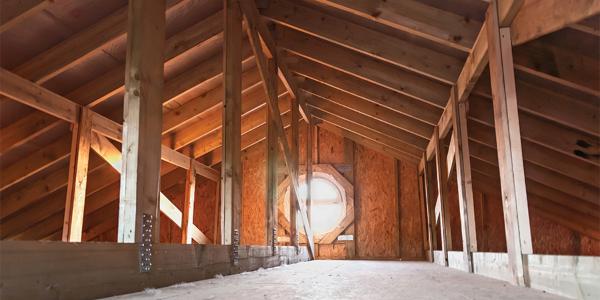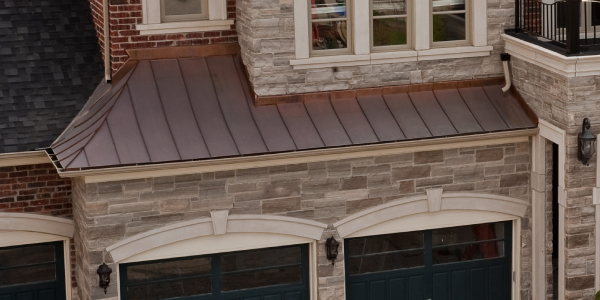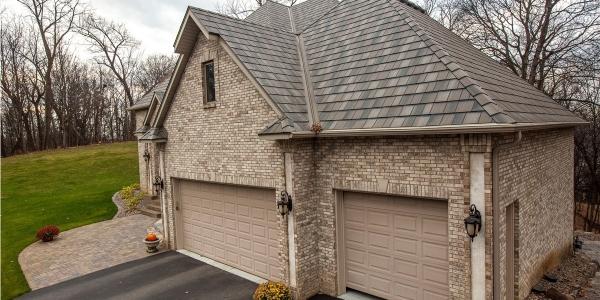Expert Tips for Maintaining a Healthy Attic

By Quarrix.
Want to keep your roof happy and healthy? Don't forget to give your attic some love with this ventilation checklist from Quarrix.
Proper ventilation in your attic is crucial for the longevity and health of your roof structure. Ensuring that you have the correct amount of intake and exhaust ventilation, inspecting for blockages and properly installing insulation are all important factors in maintaining a balanced ventilation system. By following these tips and conducting regular checks, you can help to protect your roof from potential harm and ensure that it lasts for years to come.
Interior Review:
1. To prevent potential harm to your roof structure, it's crucial to eliminate any sources of moisture from your attic. Additionally, ensure that your bathroom vents lead outside; otherwise, it can disrupt the balance of the ventilation system and cause damage to the roof.
Tip: Indoor sources like humidifiers or indoor pools can also cause attic moisture. Keep an eye on them!
2. Inspect soffit (intake) vent airways for any hindrances like debris or insulation that might be causing blockages. When these vents get clogged, it can compromise the ventilation system and result in weather infiltration issues in your attic.
Tip: For uninterrupted airflow and to avoid any potential blockages, we suggest the installation of ventilation baffles.
3. Make sure there is adequate insulation installed in the attic. Ventilation and insulation work together simultaneously to increase the life of your roof.
Tip: Having an adequate amount of both insulation and ventilation helps stabilize indoor temperatures and increase energy savings.
Exterior Review:
1. Is there enough intake ventilation? A minimum of 50% ventilation should be provided by intake vents and a ratio of 60% intake/40% exhaust should not be exceeded. If there is too much intake, the attic will become pressurized causing the intake vents to become exhaust vents.
Tip: You always want a balanced system but it’s better to have more intake than exhaust.
2. Seal off all of the bypasses that lead into the attic. Common attic bypasses such as bath exhaust fans and ceiling light fixtures may cause moisture problems in the attic which tend to be the primary cause of ice dams and attic frost.
Tip: Look for insulation that is darkened, this is a good indicator for escaping air.
3. Never use more than one type of exhaust vent (ridge vent, wind turbines, powered fans) per common attic space. Each system directs airflow differently so combining two or more systems will decrease the effectiveness and may lead to short-circuiting the attic ventilation system.
Tip: It is okay to combine intake vents because they are at the same wind pressure zone.
4. Does the attic meet the 1:300 code requirements? FHA recommends a minimum of at least 1 sq. ft. of attic ventilation for every 300 sq. ft. of attic floor space.
Tip: To calculate the appropriate Net Free Area for your roof, use our hassle-free ventilation calculator.
5. Measure twice, cut once – slot holes for exhaust and intake vents that are not sized correctly put you at risk for damaging the structural integrity of the roof. Additionally, you risk providing too much or too little airflow.
Tip: When installing Quarrix Ridge Vent, between a 1” and 4” slot is recommended depending on the pitch of the roof. A minimum of 6” must be left uncut at each end of the ridge.
Have a question? AskARoofer.
Find your local roofing contractor in the RoofersCoffeeShop® Contractor Directory.
About Cayden
Cayden is a reporter for RoofersCoffeeShop, MetalCoffeeShop and AskARoofer. When he isn’t writing about roofs, he’s usually playing guitar or writing songs for his musical endeavors.










Comments
Leave a Reply
Have an account? Login to leave a comment!
Sign In